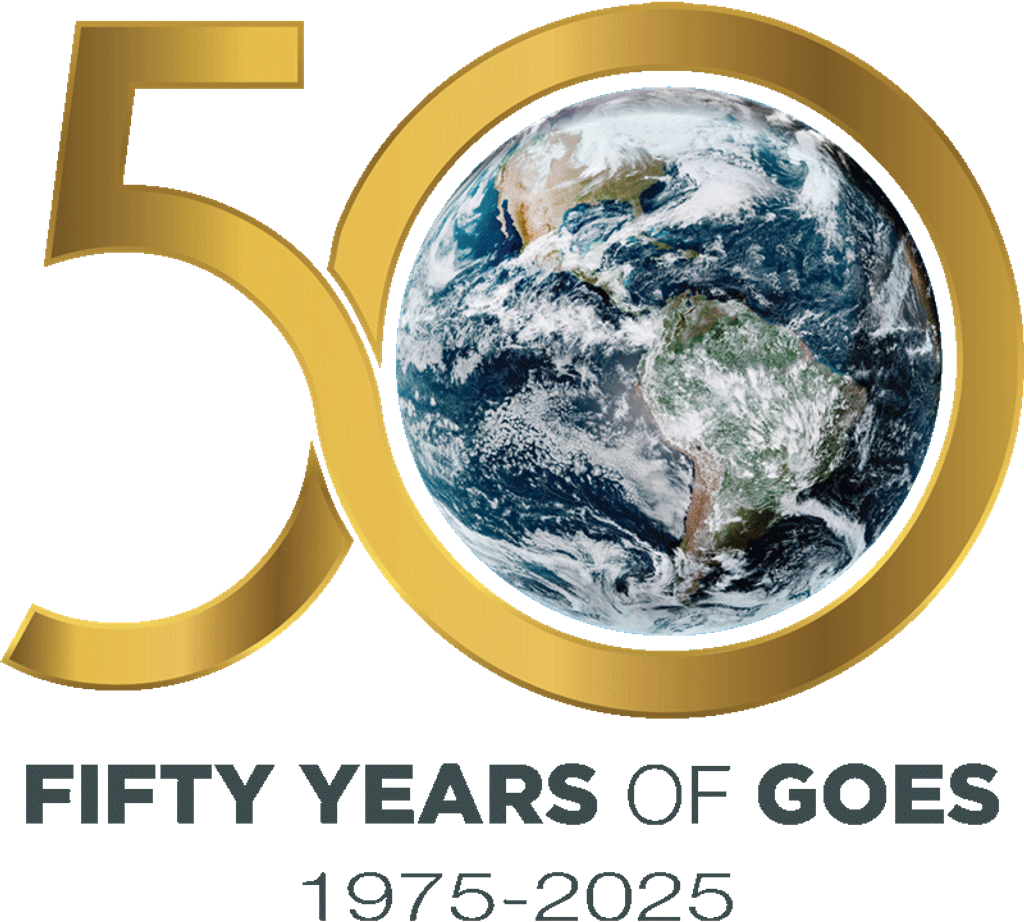The Hubble telescope's sharp view of the rapid, spectacular dance of luminescent gases high in Jupiter's atmosphere – better known as aurora – is allowing astronomers to map Jupiter's immense magnetic field and better understand how it generates such phenomena.
The ultraviolet-light images [bottom frames] show how the auroral emissions change in brightness and shape as Jupiter rotates. The aurorae are the bright, circular features at the top and bottom of the planet. The top panel illustrates the effects of emissions from Io, one of Jupiter's moons. Io ejects an invisible electrical current of charged particles, which flow along the planet's magnetic field lines.































